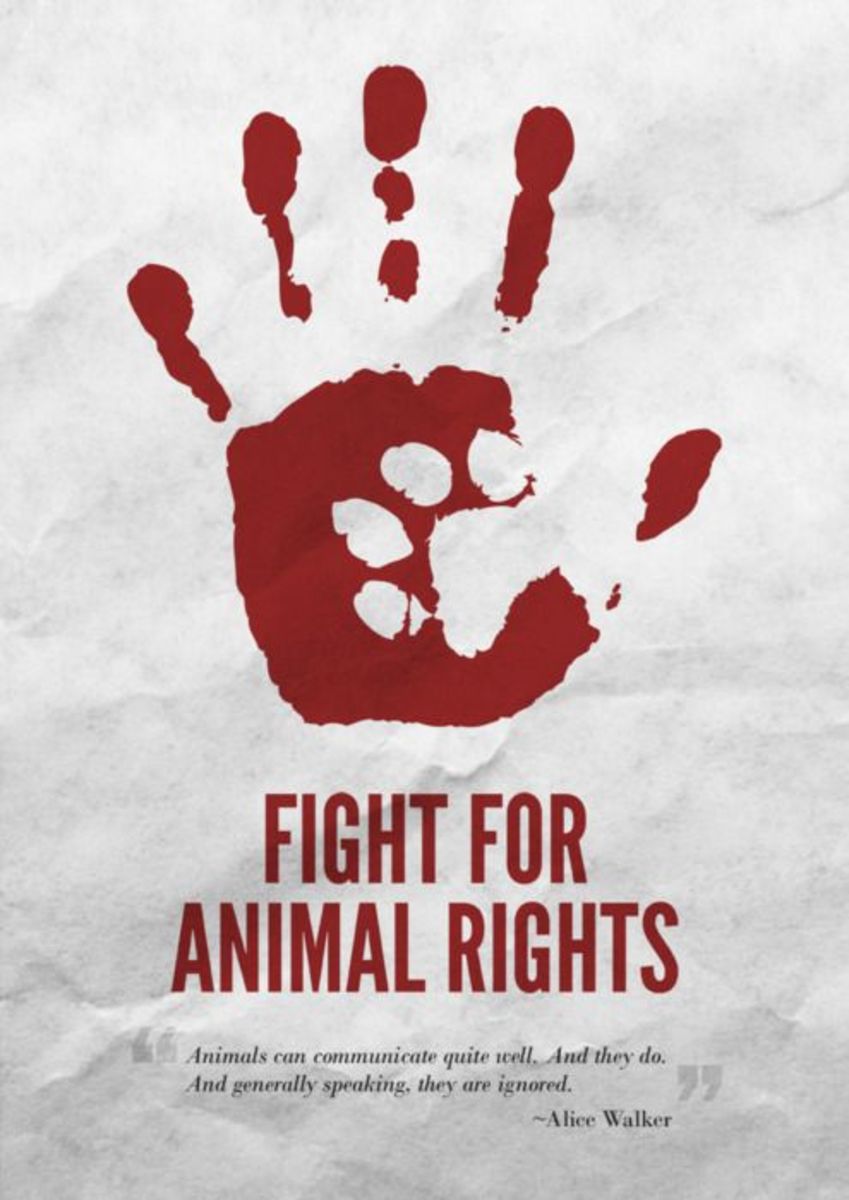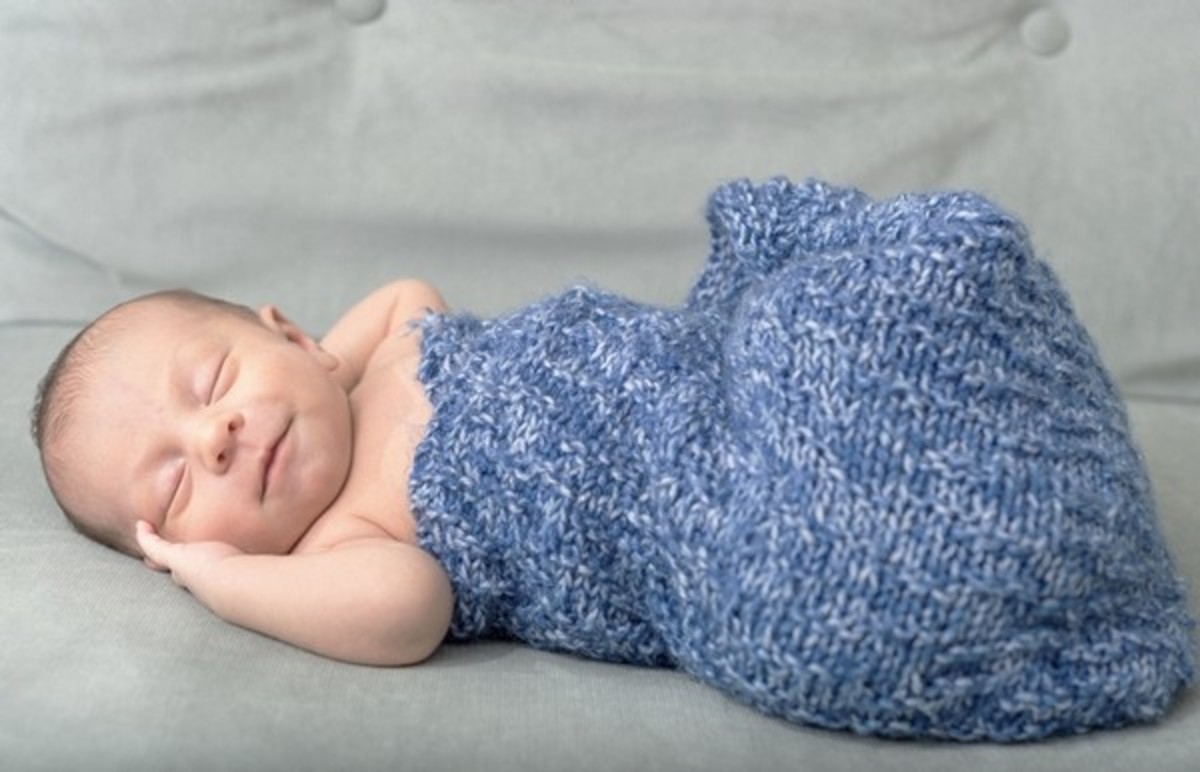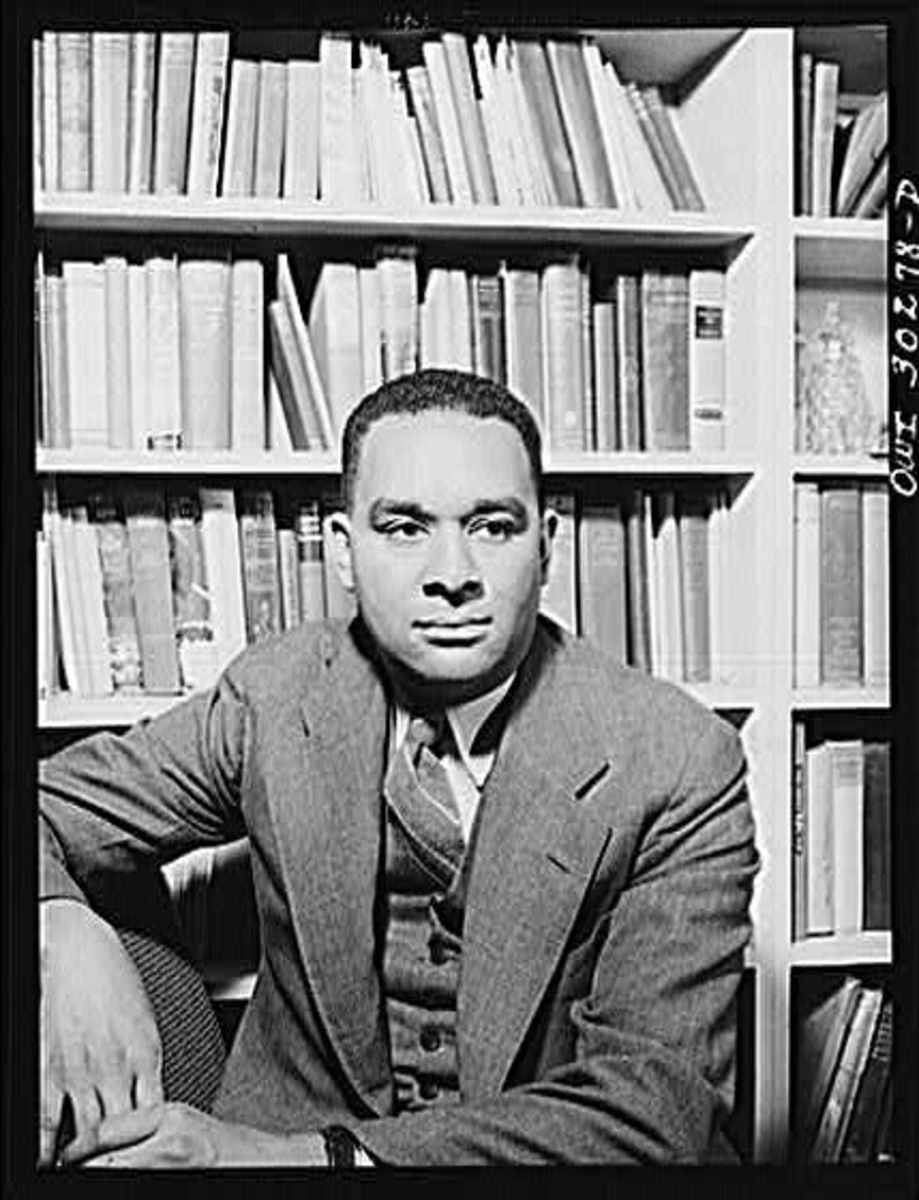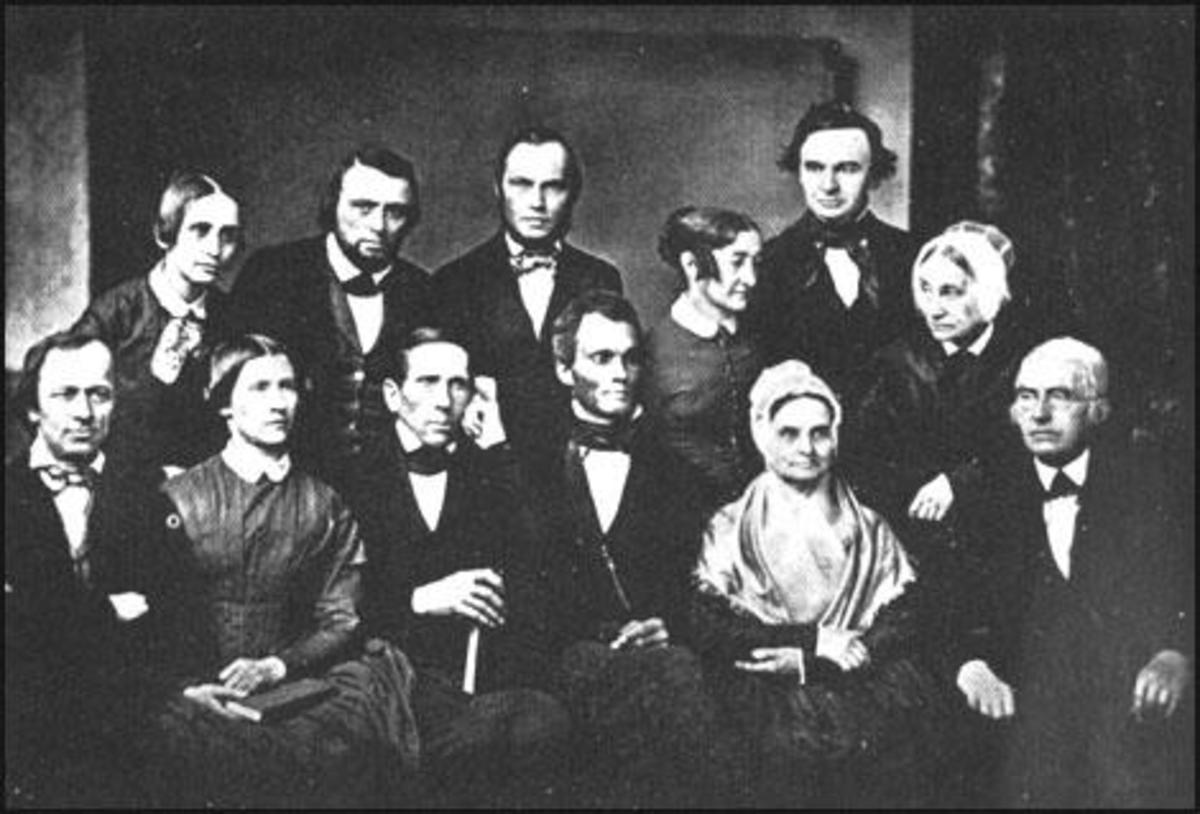The Argument Against Euthanasia

Euthanasia is a problem in our society. Merriam-Webster defines it as "the act or practice of killing or permitting the death of hopelessly sick or injured individuals (as persons or domestic animals) in a relatively painless way for reasons of mercy."[1] There are three types of Euthanasia: involuntary, voluntary and nonvoluntary. Euthanasia can be practiced in two forms: active or passive. Involuntary euthanasia is conducted where the individual is not able to provide explicit consent. Voluntary euthanasia is ending a life with the permission of the individual. Nonvolutary euthanasia refers to euthanizing someone who is able to provide consent and wants to live.
In its practice, passively administering euthanasia is to take a step back and take the person off life-support. As a result their body is unable to nourish itself and slowly withers away to death. Actively administering euthanasia is to take the intentional step to end the person's life by use of injection or other painless medical technologies. In our society, euthanasization of a human being should not be a option because God forbids it and it is against one's true self interests.
The practice of euthanasization has existed throughout history, however the modern definition of euthanasia has been derived from the 1960s. In 1915 the definition of euthanasia was to let defective infants die as a humane way of curtailing unfit individuals in society (Dowbiggin xv)[2]. In 1930s there was a push to legalize active euthanasia but it didn't go far, as traditional Judeo-Christian moral views became more prevalent with the onset of World War II. Finally the break for pro-euthanasia movement came in the 1960s, where euthanasia was rebranded and a push for passive euthanasia was made by the Euthanasia Society of America (ESA). The proper definition of mercy killing was not emphasized and under the cover of another agenda, it gained popularity. ESA and other groups showcased euthanasia as a "personal freedom from unwanted interference in one’s own life." (Dowbiggin xvi) It sounds nothing like the definition used today, and that's precisely part of the reason its controversial, there is no clear fundamental doctrine under which all "pro-euthanasianist's" can justify euthanasia. What started out as a strong unified movement in the 1960s, in America, fell-apart by 1970s. Conflicting views and growing number of moderates led to the Euthanasia Society of America being fractionalized and disbanded. In the book A Merciful End The Euthanasia Movement in America by Ian Dowbiggin, Dowbiggin argues that around this same time, the introduction of new medical technologies that led to the prolonging of lives and helped bring about the modern definition of euthanasia. New medical technologies that lead to chemotherapy, anticonvulsants, painkillers, operations, transfusions, resuscitation, defibrillators, respirators and feeding tubes all have brought us great comfort. The very nature of these inventions are for repairing, healing and reviving a human being, and not meant to be the tools for practicing euthanasia. It seems our comforts from using these medical technologies and our accessibility to them has brought out the very cynical nature in us. As society becomes unable to treat one of its members, it should not think that person has no value and therefore should be terminated. That thought pattern only leads to a slippery slope of other unacceptable practices in the name of medicine! Are we to repeat the Nazi medical killings of those who were medically non-fit, according to the high German-Aryan standards, in the name of euthanasia?
Man desires to use medical tools to help him live comfortably then also desires to use those same tools to end those who aren't comfortable. The notion brought on by such a premise are disturbing. It is inviting active euthanasia as the means to selectively choose which members of our society are fit to live. It implies members of our society who aren't comfortable, who are suffering ought to end their lives because there is not much value. In the text, Dowbiggin points out Robert G. Ingersoll's argument for euthanasia, which says that if there was a benevolent God, Ingersoll added, he could take no pleasure in the suffering of such people.[3](Dowbiggin 12) However if under Ingersoll's premise we agree that there is a God, we should take into account that benevolence is also a trait among justice, patience, perseverance, kindness and such else. Therefore one cannot scapegoat benevolence as the only means through which God interacts with his creation. It doesn't show God's shortcoming, as He in his omniscience may let us suffer, which may be as a result of our doing or natural suffering as a result of sin, either way to refine the character of an individual. By assuming the existence of God, one must also venture to accept the spiritual nature of things, and thus the physical world (this earth) may be the working draft of the final product, the spiritual eternity. Understanding this from the Divine Command Theory, God's existence alone assures us nothing happens outside his absolute sovereignty. His inspired word, the Bible is the definitive source of our spiritual understanding. The Bible talks of sufferings numerous times and as a result a Christian must stay positive and fix their faith in Jesus who will redeem and count their sufferings of worth. Notably in the book of Romans in the Bible, Saint Paul states "I consider that our present sufferings are not worth comparing with the glory that will be revealed in us.[4]" Saint Paul endured much physical suffering from being shipwrecked, beatings and among many others, his eye infection - presumably the disease ophthalmia, which he said was given to him by God to keep him humble as God elevated him to high spiritual status[5]. Enduring all this, his optimism and his hope in something greater than himself (in God) is a testament that euthanasia need not be the permanent solution to a temporary problem.
It is also important to keep in mind that pain and suffering cannot be measured, one must take into account the suffering-individual's past history when considering euthanasia. Someone who has gone through physical trauma and torture may know pain and suffering as the physical embodiment of suffering while someone else may consider mental instability to be the ultimate suffering. If Euthanasia is legalized, one can only imagine the harm it will inevitably bring to many. Pain is the defining moment in our present time because of the inability to see our lives after the suffering. Pain may become larger than life compared to the individual's past history, which he or she may have lived in relative quiet lifestyle. In these circumstances, euthanasia is sought out, because of inability to share the extent of the pain. Thus their ability to make sound judgments' are compromised. These situations are where active euthanasia is flawed. According to the principles of autonomy, the patient has the right to choose whether to keep suffering or end his life. However under these conditions of pain and alienating treatment by society and family, how can someone make a informed autonomous decision as to their fate?
Instead of respecting the sacredness of human life, proponents of euthanasia stress the social advantages of eliminating nonproductive citizens and avoiding high-cost medical procedures. A notable proponent as highlighted by Dowbiggin in the text is Charles Darwin. Darwin notes "civilization in the form of asylums, hospitals, public charity, and therapeutic medicine obstructed the power of natural selection, enabling the “weak members” of society to survive and reproduce their own kind. Worse, “the reckless, degraded, and often vicious members of society, tend to increase at a quicker rate than the provident and generally virtuous members.” To Darwin, this meant the “degeneration” of the human race was a distinct possibility." (Dowbiggin 14) Nothing could be further from the truth. It is because of public charity shown to Albert Einstein from Germany, that we have the laws of physics today. What if the world turned its back on Einstein when he was a refugee trying to flee Germany? What of Steve Jobs? In 2003, he was diagnosed with cancer, if the corporate board of Apple thought he was a burden, would the iPhone, iPod and iPad, which revolutionized our world, still exist? Looking past the single persons who have stood out, let us look at modern society's "weak members", the third-world nations. A reasonable assumption, considering their socio-economic status in the our modern world, yet it is their population, and young generation with an drive for education that is advancing our world with their new remarkable inventions. China and India not only have largest population of the world's poor and sick, who are dependent on the relatively cheap medicine in their country, but also produce as a result of their nurturing country, the world's most brilliant, intellectual innovators.
Euthanasia in all its forms is not the safest nor what's in the self interest of anyone. A human being's first priority is to survive, then be happy, by practicing Euthanasia we are turning back on the first instinctive mechanisms of man. In many hospital situations, the patient follows through with diagnosis blindly, leaving out the possibility that the diagnosis could have been wrong. It goes from diagnosis to intense treatment, during which period of intense treatment the patient decides to give up living. Another point is humanity as a whole has made a significant leap into the nanotechnology age and as a result can make technologies that relieve pain, cut the pain and get to the source of the problem in an unprecedented manner. One such example is Cyber-Knife technology which has changed the way cancer treatment is done. No longer does one have to have the negative side effects of radiation but undergo surgery with the help of lasers to treat cancer. The surgeon wields a mouse, rather than a scalpel, conducting virtual surgery on a tumor that, in many cases, could not be removed with actual surgery. This means no incision, no pain, no anesthesia. Also with advances in stem cell technology, the scientific community is on the edge of developing stem cells from artificial conditions, thereby being able to create whole body parts, which can help create a "organ warehouse" in the future. This can serve as a way to alleviate suffering victims and help them avoid euthanasia.
Concluding, just because one has the right to euthanasia does not mean it's the correct thing to do, we must take steps to stop it. Even the person who wants to be euthanized is not capable of fully deciding in these circumstances. He himself is unable to make a discerning decision as to his true self-interest because it is projected upon him. He is trapped by dogma believing he is no longer himself thus he distances himself from his identity. His family and society treats him with so much sympathy and pity, that the suffering individual pities his own situation. Added to these cases are alienation and isolation. His true self-interest is to live, to be himself but a mental conflict of identity crisis is the root the decision to embark on euthanasization. The only way to save himself from these situations, and the only relief from the harsh pain is to believe in God. The ill person would argue that it is so painful that he doesn't want to burden his spouse. However the individual cannot see past his own disease because he doesn't believe in a greater being than himself. If he is the center of his conscious, his ailing condition has certainly broken that illusionary image and he is therefore helpless. All value or any value obtained throughout life dies with him because he never wrestled with the possibility of a God.
[1] "Euthanasia." http://www.merriam-webster.com/dictionary/euthanasia. Merriam-Webster, n.d. Web. 10 Nov. 2011.
[2] Dowbiggin, Ian. A Merciful End: The Euthanasia Movement in Modern America. New York: Oxford U.P., 2003. Print.
[3] Wakefield, ed., The Letters of Robert G. Ingersoll, 698–704.
[4] Bible, Romans 8:18 (New International Version - 1984)
[5] Bible, 2nd Corinthians 12:6-10
Cite this page
MLA Format
Soman, Stanley. "The Argument Against Euthanasia." Expertscolumn on HubPages. HubPages, 25 Dec. 2012. Web. 27 Dec. 2012(Replace with the date of your access). <http://expertscolumn.hubpages.com/hub/The-Argument-Against-Euthanasia>.
APA Format
Soman, S. (2012, December 25). The Argument Against Euthanasia. Expertscolumn on HubPages. Retrieved December 27, 2012(Replace with the date of your access), from http://expertscolumn.hubpages.com/hub/The-Argument-Against-Euthanasia








